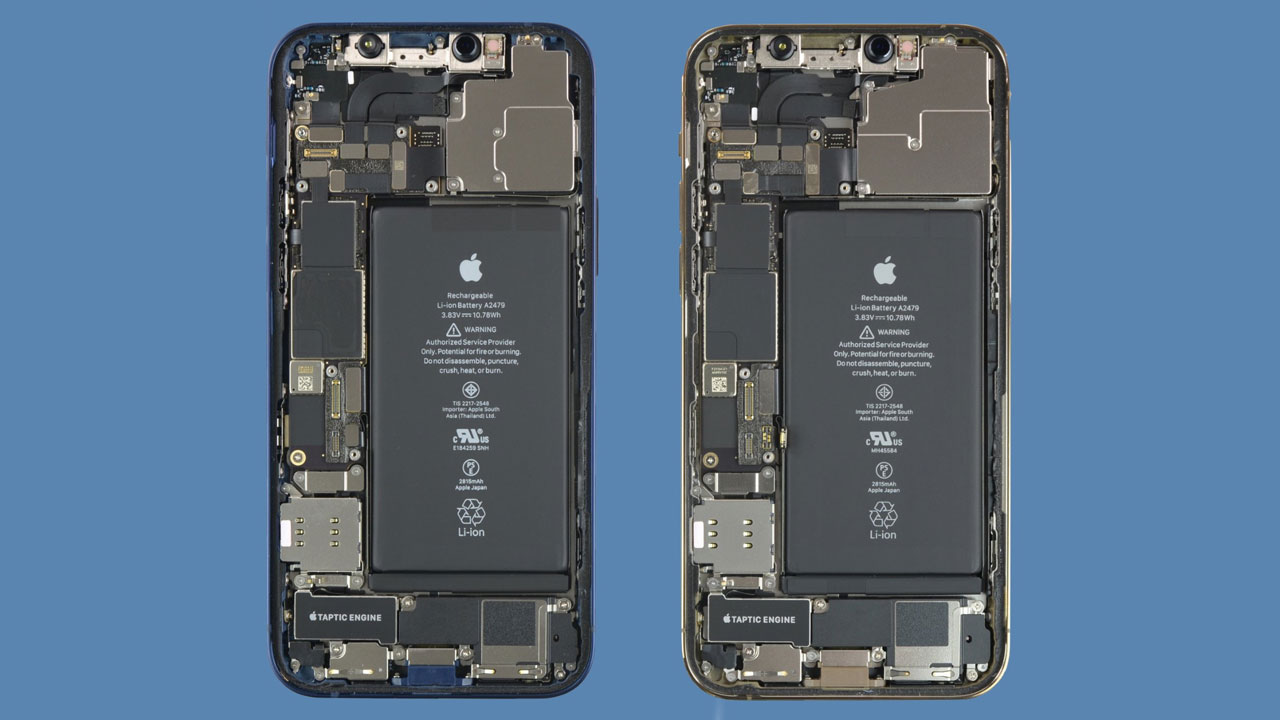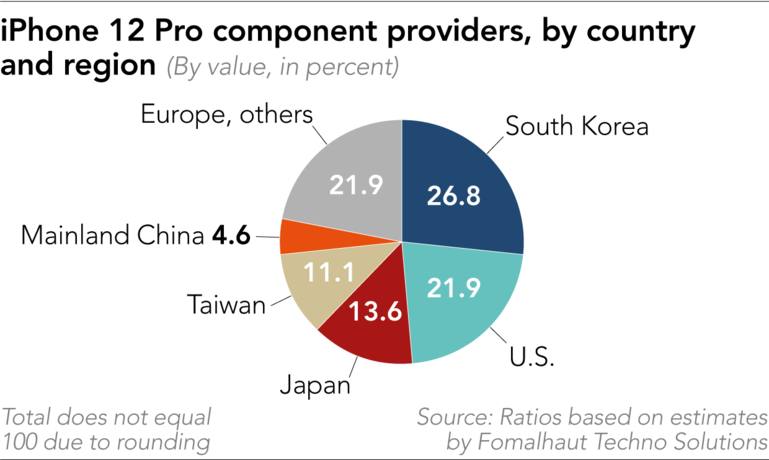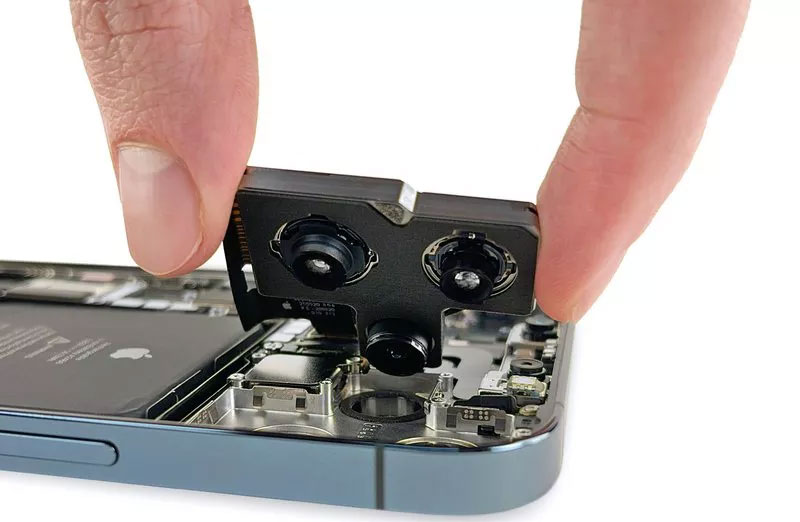
The iPhone 12 has been on the market for some time, so it has already been examined in detail inside and out. And speaking of the latter, analysts from the Nikkei portal took on the task of disassembling the device and checking which components are made by the Cupertino firm and which ones are imported.
How much of the iPhone 12 is Made in the USA? : iPhone 12, How many of its components are made outside the US?
As a result, we now know that components made in South Korea make up 26.8% of the value of the device . In this sense, 21.9% of the components are manufactured in the United States and another 21.9% are manufactured in Europe. The remaining percentages of the quota are distributed between Japan (13.6%), Taiwan (11.1%) and mainland China (4.6%).

Image via Nikkei ASIA
The significant increase in the use of components from South Korea is attributed to the adoption of OLED panels for the screen , which are provided by Samsung or LG, who predominate in OLED technology. As if that weren’t enough, Samsung also supplies the RAM memory chips used in the iPhone 12 and 12 Pro.
Aside from displays, the contribution of Japanese high-tech companies remains considerable. Sony is the key supplier of the CMOS image sensors used in the iPhone 12 Pro’s three camera lenses, and this is a piece of information that smartphone companies happily admit when it comes to promoting the photographic capabilities of their devices. Additionally, the battery cells are manufactured by Amperex Technology Ltd. (ATL), a subsidiary of TDK of Japan.
The findings underscore the importance of Asian suppliers of iPhone parts.

On the other hand, less than 5% of the total value of the iPhone 12 can be attributed to Chinese components , this due to the technology trade dispute between the United States and China over electronic supplies in recent years.
However, Apple continues – for the most part – to use assembly plants located in China. So it still has a long way to go if it wants to stop depending on China in the future.




